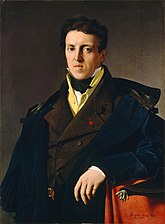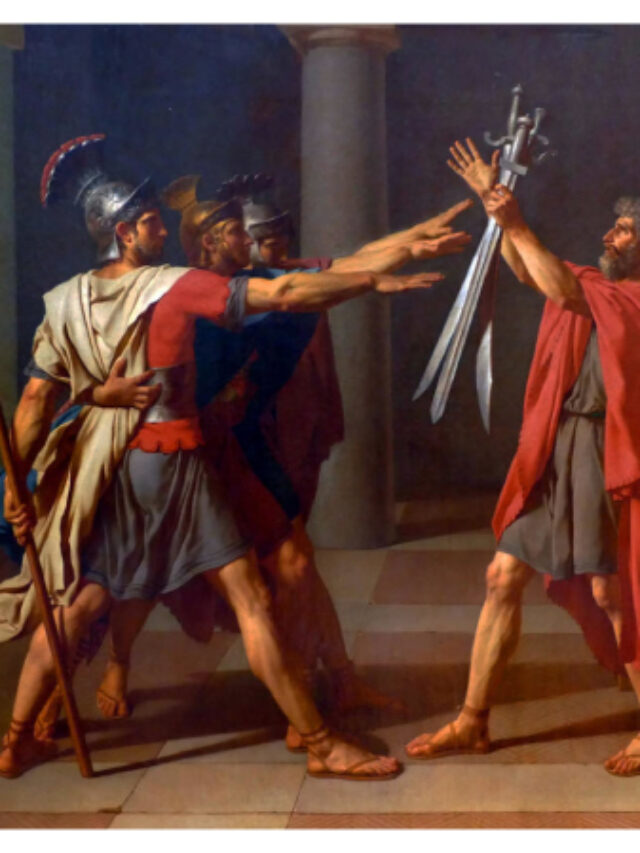Introduction
Neoclassical art, a prominent movement that emerged in the mid-18th century, continues to captivate audiences with its classical grace and structured simplicity. This article delves into the Neoclassical art movement, discussing its characteristics, key artists, and some of the most iconic Neoclassical art paintings that define this enduring style.
What is Neoclassical Art?
Neoclassical art is a movement that sought to revive the ideals of ancient Greek and Roman art. It emerged as a reaction against the ornate Rococo style, prioritising clarity, order, and restraint. Artists of this period focused on harmony and balance, drawing inspiration from the classical age, which was viewed as a pinnacle of civilisation and artistic excellence.

Characteristics of Neoclassical Art
The Neoclassical style of art is marked by several distinct characteristics. These include a strong emphasis on linear design over color, clarity of form, sober composition, and rigorous attention to detail. The elements of Neoclassical art often feature themes of heroism, morality, and idealism, portrayed through stories from classical literature, history, and mythology.

Iconic Neoclassical Art Paintings
Neoclassical art paintings often depict scenes from classical history and mythology, encapsulating the virtues and narratives of ancient times. Some of the most famous works include Jacques-Louis David’s “Oath of the Horatii” and “Death of Socrates,” which exemplify the movement’s approach to moral rigour and emotional restraint. These paintings not only highlight the Neoclassical characteristics in art but also emphasise the movement’s philosophical underpinnings.

Influential Neoclassical Art Artists
The Neoclassical art movement boasts a roster of artists who were instrumental in defining its style and approach. Jacques-Louis David stands out as a pivotal figure, whose works came to define French Neoclassical painting. Other notable artists include Jean-Auguste-Dominique Ingres, known for his finely detailed portraits and historical scenes, and Antonio Canova, whose sculptures reflected the same aesthetic ideals in three-dimensional form.

The Legacy and Influence of Neoclassical Style Art
The influence of Neoclassical style art extends beyond the paintings and sculptures of its time. It set a standard for artistic excellence that influenced various other domains, including architecture and literature. Today, the principles of Neoclassical art continue to influence modern design and aesthetic values, emphasising symmetry and the importance of adhering to classical traditions.

The Neoclassical art movement is a monument to the timeless attractiveness of classical ideas in art, not just a historical era. Neoclassical art, which is still relevant in many forms and adaptations in contemporary art and culture, imparts eternal lessons in aesthetics and values through its emphasis on simplicity, moral depth, and classical beauty. Knowing and appreciating the components of Neoclassical art will help you gain a deeper grasp of the rich mosaic of Western art history, regardless of your level of experience as an art collector or spectator.
Feature Image: Jacques-Louis David, “Oath of the Horatii,” 1784. | Courtesy: Louvre Museum. Paris. France.
A Brief History of Mystical ”Seven Magic Mountains” of Las Vegas






